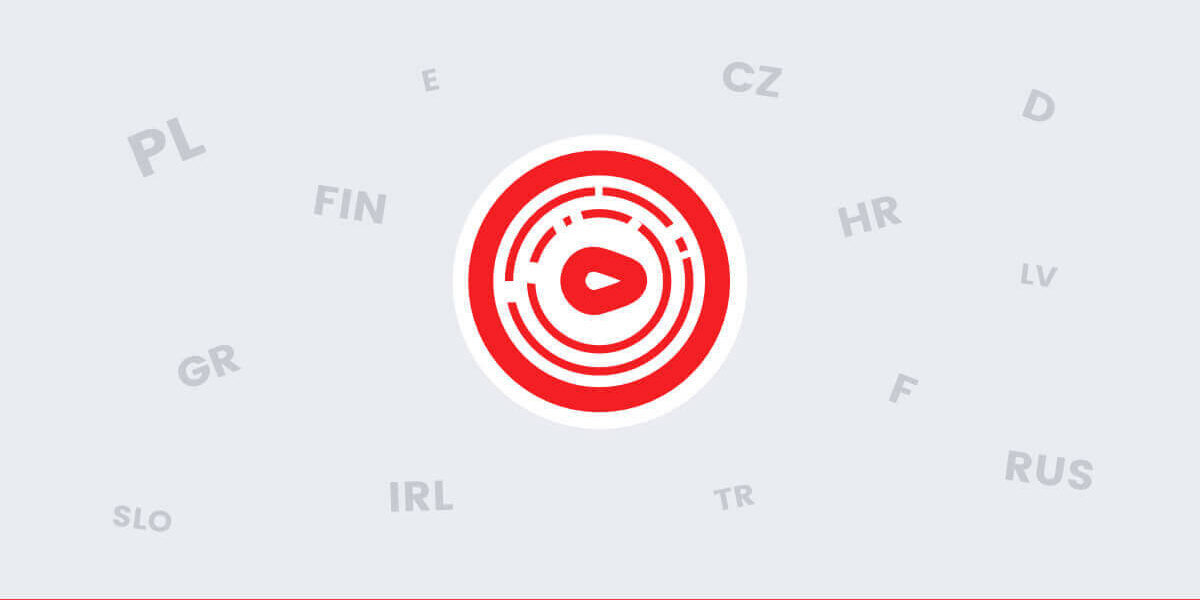The changes in the Mobility Package regulations introduced in 2020 may still surprise the drivers and transport undertakers during the inspection of drivers on the road and in the company’s operational centre.
In 2020 the Article 34 of the Regulation no. 165/2014 was supplemented with a provision according to which the driver of the vehicle fitted with an analogue tachograph enters the symbols of the countries in which the daily working period started and finished. What’s more, the driver shall also enter the symbol of the country that the driver enters after crossing a border of a Member State at the beginning of the driver’s first stop in that Member State. That first stop shall be made at the nearest possible stopping place at or after the border. Where the crossing of the border of a Member State takes place on a ferry or train, the driver shall enter the symbol of the country at the port or station of arrival.
What are the consequences of putting the above-mentioned changes into force? The driver, entering the place of the start of a working day, mostly a town, shall additionally enter a country symbol on a chart, for instance (PL), next to the name of a place where he starts or finishes work. Next, as it is concluded from the quoted provision, at the nearest possible stopping place the driver shall enter the symbol of the country in which he arrives. The legislator has not determined where these records should be made. Whereas in the first case you can enter the symbol of a country after the name of a town or a place where you start or finish work, in the other case, for border crossings, such a place has not been indicated and chart samples have not been modified. Therefore, you can write this information in a free space, for example at the back of a chart.
The above-mentioned regulation seems to be clear and easily-understood and should not arouse any doubts and problems. However more and more road carriers receive penalties during the company’s control, for the lack of country symbol records. The Appendix 3 attached to the Act on Road Transport, in the article 6.3.14, imposes the penalty which amounts to PLN 50 for not placing the required records on the chart or on the printout or for placing illegible manual records on the chart or on the printout. The limit of the penalty is PLN 500, for one chart or one printout. Practically it means that the penalty depends on the number of charts being inspected. If the road carrier uses plenty of vehicles fitted with analogue tachographs and he neglects this infringement, then the only limit of the penalty will be the maximum penalty assigned to one transport undertaker in the Act on Road Transport. What is more, receiving this penalty is weird since the road carrier has enough time to get ready for the inspection. At least he should look through the charts before he presents them to the Road Transport Inspection for control, he should complete the missing records. Surprisingly enough, there are cases when this infringement amounts to 70-80% of the maximum penalty which the transport carrier receives.
One should also consider the regulation which will be put into force from February 2, 2022. It will concern the digital tachographs. From that day the driver will have to enter the symbol of the country that the driver enters after crossing a border of a Member State, at the beginning of the driver’s first stop in that Member State. That first stop shall be made at the nearest possible stopping place at or after the border. When the crossing of the border of a Member State takes place on a ferry or train, the driver shall enter the symbol of the country at the port or station of arrival.
As opposed to the analogue tachographs, the records in the digital tachograph cannot be completed after the event, just like on the chart. Taking into the consideration the fact that from December 31, 2024, the period of 57 days will undergo control, then the penalty for the lack of driver records may be quite high.
The drivers will not have to enter the information on crossing the borders if the tachograph automatically registers this data and this will be possible in the smart tachographs of the next generation.
Author:
Janusz Grzesica


